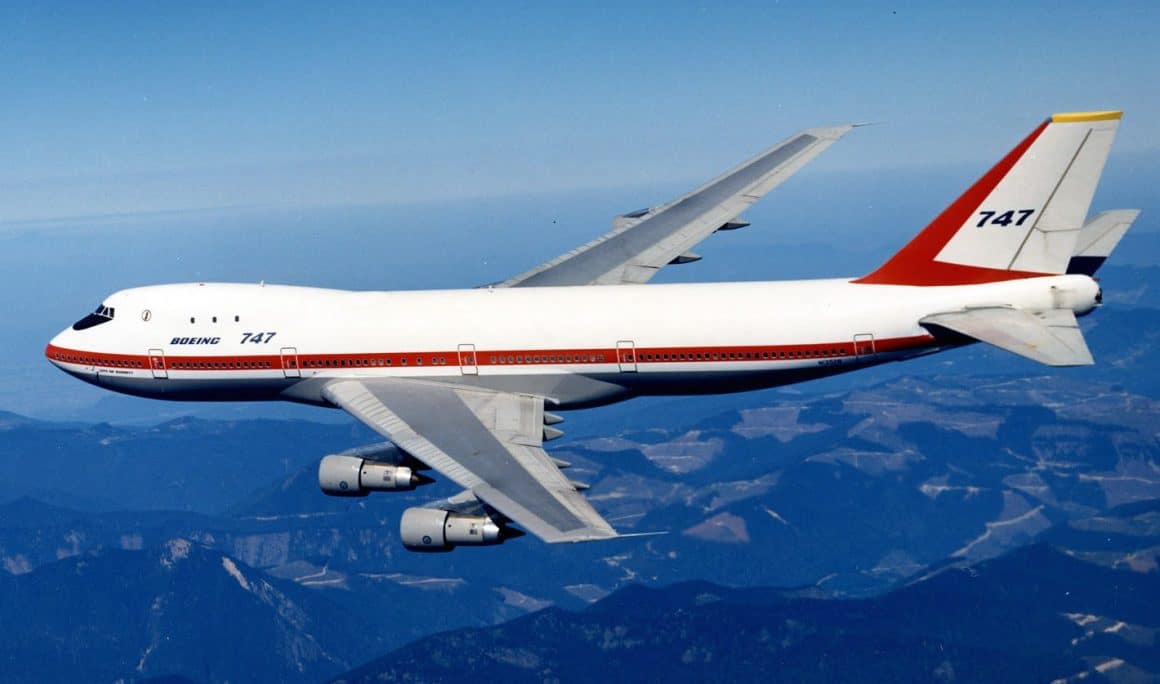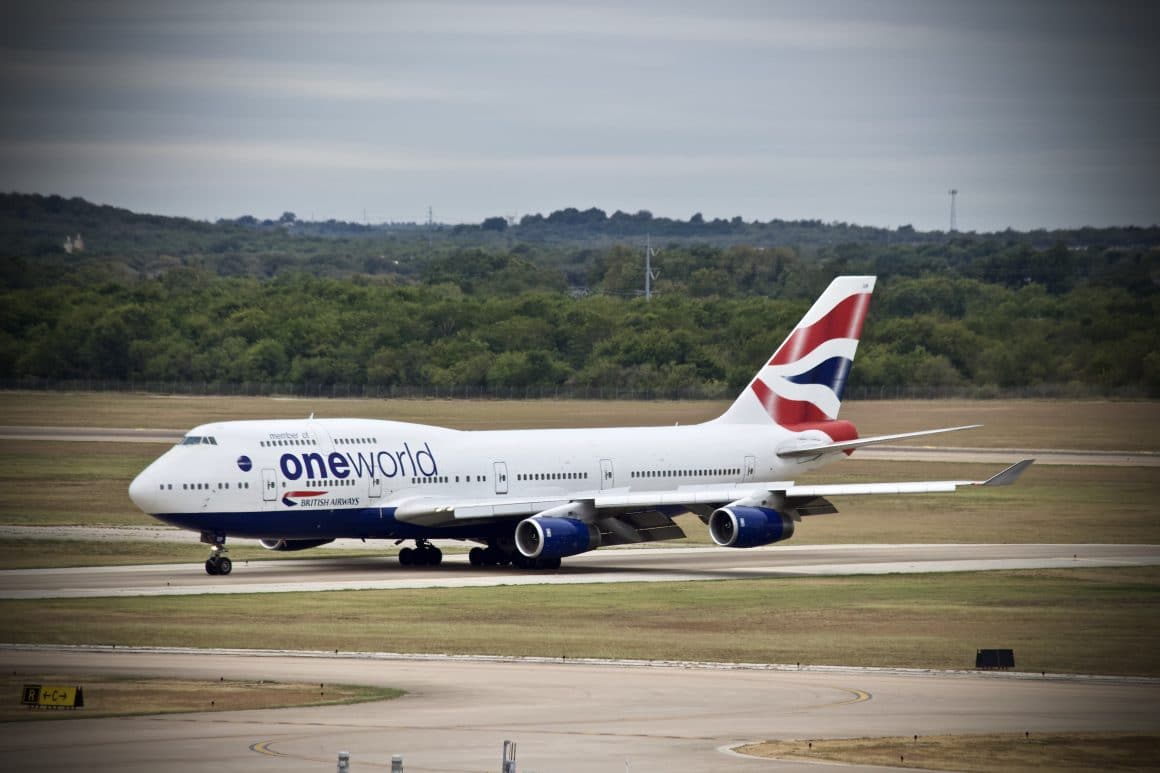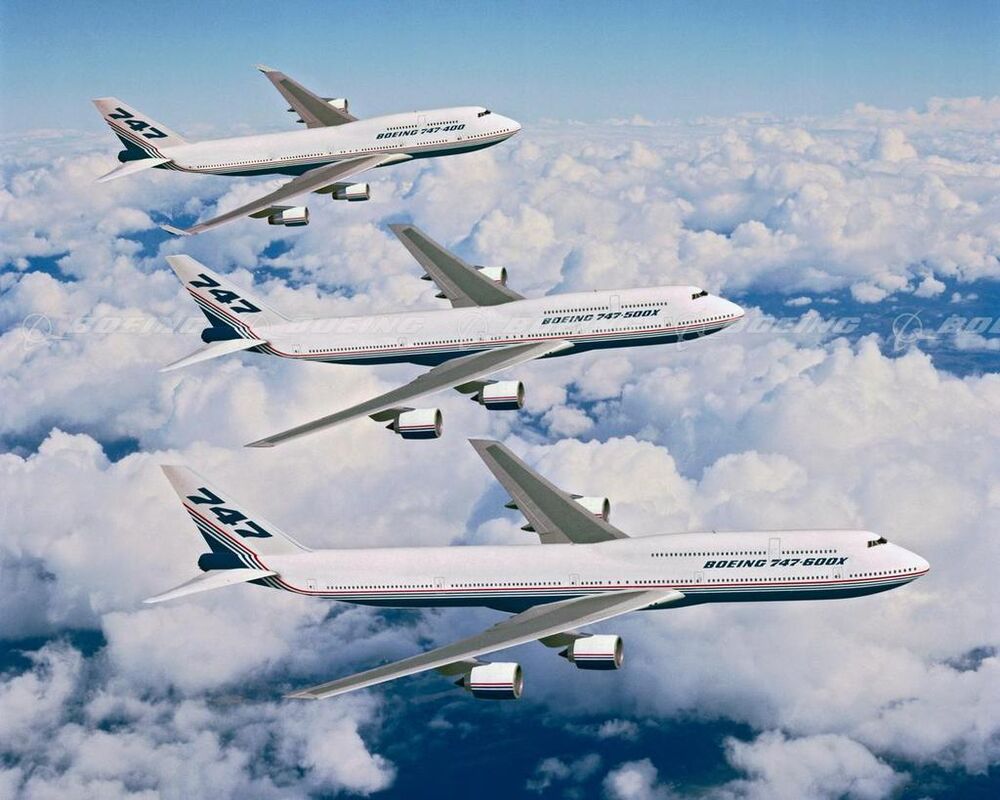Boeing’s graceful and spectacular 747 series–the original Jumbo Jet–has a long and storied history with several successful design configurations.
For an airplane with such a storied tradition, one of the more exciting things about the 747 is the number of design variations that never were put into production: an extraordinary tri-motor design to compete with the DC-10 and L-1011, a very science-fiction-esque prop fan variant, and then the more traditional versions which never made the cut.
Today, we are going to look at the 747-500X and 747-600X variants that never made it off the drawing board. The 747-500X and 747-600X were a tandem proposal that would have catered to the ultra-long-haul market but was honestly just a little too late or maybe a bit too much airplane…or both.
The B747 Lineage
The impetus for a jumbo jet was a proposal by the U.S. Air Force (USAF) for an ultra-heavy, long-range freighter. The Lockheed C-141 had recently been adopted into service by the USAF, but it never was a heavy-lift cargo aircraft. The USAF proposal sought an aircraft powered by engine technology that had yet to be developed; they wanted a plane with a range of nearly 8,000 nautical miles without stopping.
While the proposal looked different than the 747, the inspiration for a jet that size was seeded and eventually became the 747 we all know and love. The Pratt & Whitney JT9D, which powered the 747-100 series, was a high-bypass-ratio turbofan designed for use in a widebody jet aircraft. This engine design would become the benchmark standard for all transport aircraft.

B747-400
The -400 was released in 1988, with the first models being delivered in 1989. It was a much more refined jet than the earlier classic models with greater capacity and range than the -300s. More composites and aluminum alloys were used in the wings, so even though the wingspan was extended, the overall wing weight was reduced. The -400 wings were six feet longer than the -300, with winglets included.
The -400 was a solid seller, offering three available engine options: the P&W PW4000, the CF6-80C2, and the Rolls-Royce RB211-524G. Overall, 694 -400s were delivered in a production line that lasted for two decades and was their best-selling 747 variant. Nevertheless, Boeing had been on a constant quest for innovation, and their version of Skunk Works was always on the hunt for an ultra hauler that could carry more and fly further. Enter, the -500X, -600X, and -700X series.

Ultra-long hauls: The 747-500X and 747-600X
The top-selling -400 was only a scant seven years young when Boeing pitched a serious long-range contender at the world-famous 1996 Farnborough airshow. The three proposed designs boasted some serious numbers to ponder:
- The -500X proposed to stretch the fuselage to a total length of 250’ and was targeted to provide service for routes up to 8,700nm for up to 462 passengers. This boss of a jumbo jet was slated to tip the scales at over 1.0 million pounds. That’s not a misprint, folks.
- The -600X was an even longer stretch to a total length of 279’. The range was shorter than the -500X at a mere 7,700nm, but it accommodated an additional 86 passengers, giving the -600X a total of 548 seats. This absolute monster would have weighed in at 1.2 million pounds.
- The third proposal in the concept, which was never fully developed, was the -700X, which would borrow the wing from the -600X but widen the fuselage to accommodate a full complement of 650 passengers. Due to a change in fuselage structure and a lack of commonality with other models, this version was the least likely to ever enter service.
These numbers are incredible. The proposed -700X was designed to carry 650 passengers with the same range as the classic -400, which carries 416 passengers over 7,285 nmi.

Common Threads
The 747-500X and 747-600X were designed, to a certain extent, using a hybrid concept. The wing was derived from the B777 program, and the engines were cutting-edge for their time. The flight deck was designed to incorporate advances from the 777 program while maintaining commonality with the 747.
Unfortunately, a stagnating economy, tepid interest from the airlines, and the expense of developing a new aircraft prevented Boeing from launching the new variants.
Was the 747-X just a test balloon for the 747-8?
The X-series never got beyond the concept phase for one reason: money. The wing design alone was going to run in the ballpark of $5 billion. Boeing believed that a commitment of just 30 aircraft would be sufficient to offset the R&D costs, but even that level of interest wasn’t present. By the late 1990s, the appeal of the Jumbo Jet was waning somewhat.
The extended range variants of the B767 and B777 were already established and had gained significant traction. Boeing forecasted a movement towards point-to-point service instead of hub-to-hub flying. This meant that the market for a super jumbo would be limited. Boeing wasn’t wrong.
In the subsequent years, Airbus launched their A380 Super Jumbo to great fanfare. Boeing eventually responded with the launch of the 747-8 to limit Airbus’ market share. Neither jet sold particularly well.
Today, the era of large four-engine jets has faded, as a significant number of legacy airlines have retired their B747-400 and A380 fleets to focus on point-to-point long-haul operations with the 787, 777-300ER, A330, and A350 now dominating the long-haul skies. COVID-19 accelerated the retirement of most of the remaining 747-400s in a passenger configuration.

Conclusion
The Queen of the Skies has enjoyed a significant number of successes, and there have been a few design modifications that we would have loved to see in real life (and a few we could swipe left). The -500X, -600X, and -700X were incredible concepts, much larger than what airlines were looking for at the time. It is still pretty cool to look back at what might have been for the Queen.
